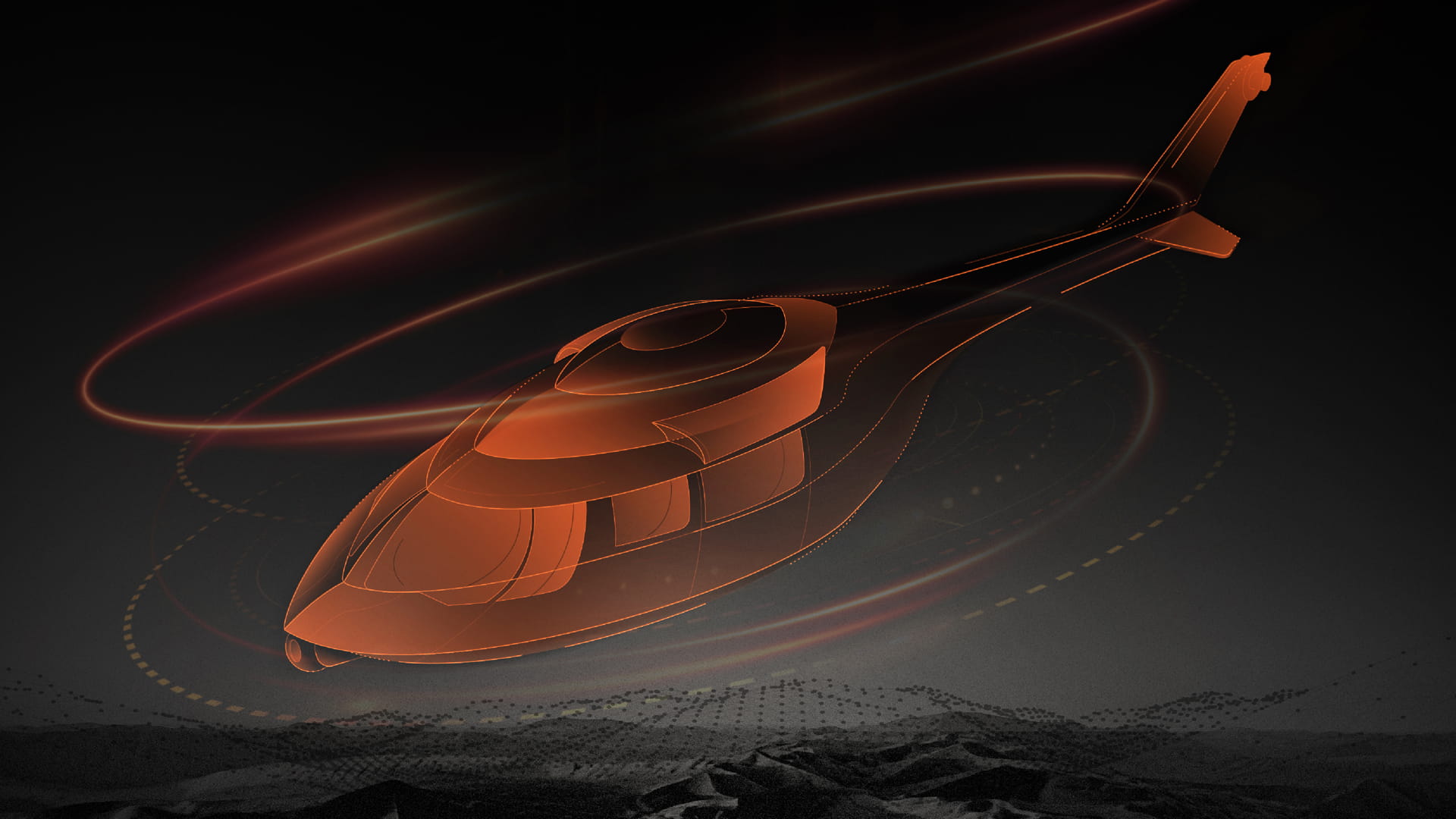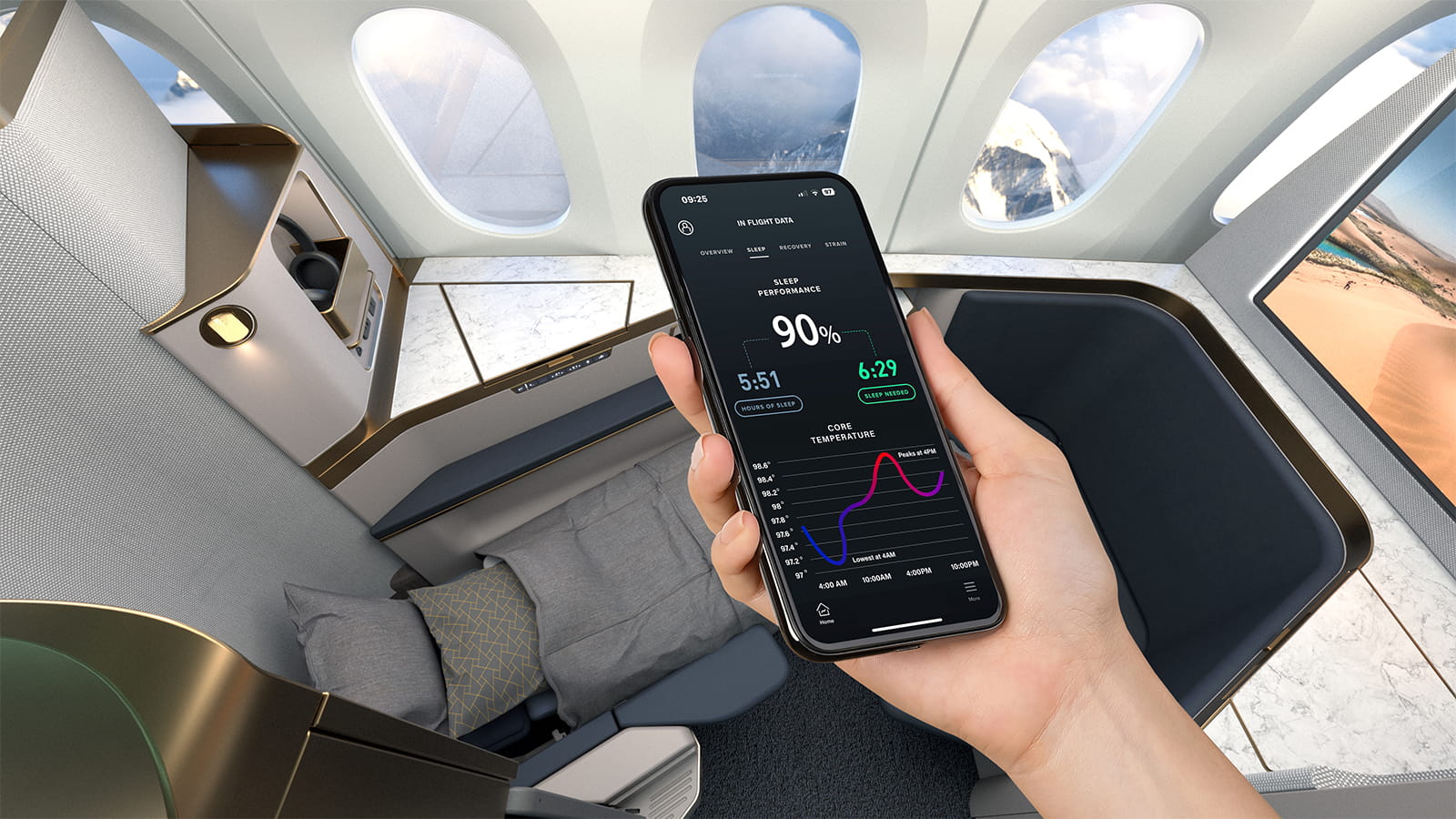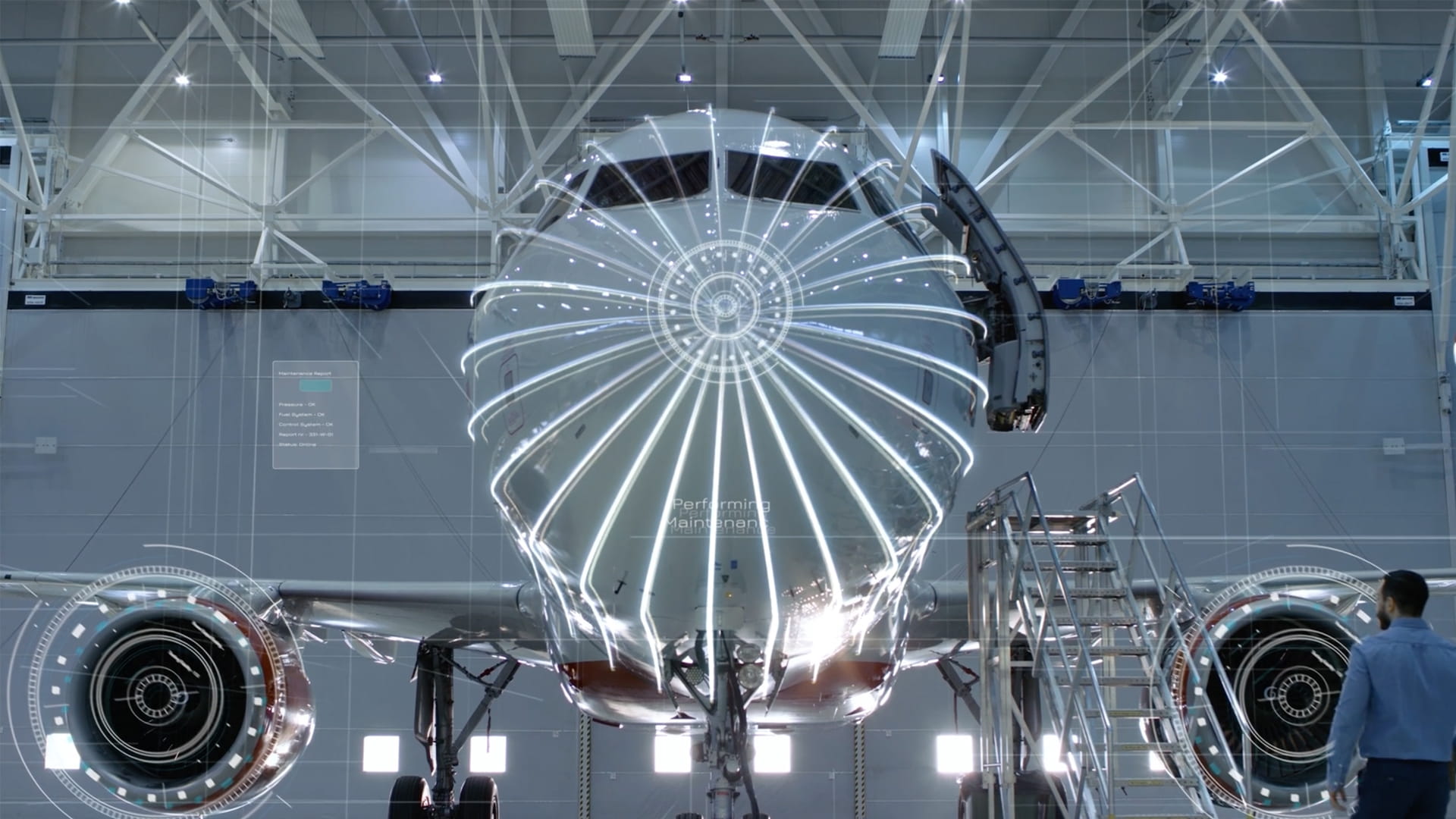Empowering overmatch in the U.S. Army Future Vertical Lift Program
Collins Aerospace’s live webinar shows readiness to equip tomorrow’s military helicopters
Faster, lighter, more powerful, with longer range. It may sound like a job description for a superhero, but these qualities – along with increased payload capacity, ease of maintenance and lower operating costs – are among the U.S. Army’s top modernization priorities for its next generation of helicopters.
The program is called Future Vertical Lift (FVL), and it represents one of the biggest equipment transformations for the Army since the 1970s. Plans for FVL include the development of a Future Attack Reconnaissance Aircraft (FARA) and Future Long-Range Assault Aircraft (FLRAA) – both set to replace the majority of the Army’s existing helicopter fleet.
Collins Aerospace stands ready to support the FVL initiative on many fronts.
In a recent live webinar during the Army’s AUSA Global Force summit, Collins experts spoke with Army decision-makers and other industry partners – a virtual version of an in-person trade show – to highlight Collins’ longstanding experience with rotorcraft and to showcase what the company can do to help the Army carry out its vision. That includes:
- New composite building materials
- Lighter seating options for pilots and crews
- Enhanced connectivity and wireless technologies
- Predictive diagnostics
- More integrated equipment and structures
Luke Schmidt, director of military strategic pursuits and Future Vertical Lift capture lead for Collins, led the discussion, pulling in several other leaders to elaborate on their areas of expertise. One major topic: How to reduce weight and drag. Schmidt, who spent 10 years in the Army himself before joining Collins, explained why that’s such a priority for FVL – and why it’s a unifying theme across Collins’ six business units.
“Army aviators preparing to conduct their tactical mission need a great starting point,” he said. “[By] minimizing the basic weight and drag of the aircraft, we increase the capability of the mission. That’s the critical point of design that we find ourselves at today and why we take the challenge of reducing weight and drag so seriously at Collins.”
The increased capability can translate to additional capacity or operating efficiencies across the aircraft.
“It might mean [space for] additional fuel or ammunition, which can lead to additional speed or range,” said Schmidt. “It can also mean additional soldiers, gear or payload.”
The team pointed to other key products and solutions from across Collins designed to optimize helicopter operations and reduce weight and drag:
- Open systems architecture -MOSARC™, our open avionics system, allows even the most time-sensitive functions to be integrated on a central network, eliminating wires.
- Flight control - Perigon™, our next-gen aerospace computer, is 20 times more powerful than our legacy flight control computers and can host multiple applications, eliminating dedicated boxes and wiring.
- Connectivity - FlexLink™, our adaptive connectivity solution, consolidates the capabilities of multiple comm/nav/data link systems to reduce weight and uses shared, multi-function antennas, integrated into the airframe, to reduce drag.
- Hoists - For the FLRAA platform, our Pegasus® hoist technology could increase load capacity by more than 11 percent without increasing weight in the design.
- Seating - Our advanced structural designs for military seating could mean a 30 percent weight reduction, or about 96 pounds across the aircraft, for pilot and co-pilot seating.
- Structures - Our Aerostructures team is developing thermoplastic manufacturing methods to support fixed-wing and helicopter flight control structures for enhanced durability, as well as reduced cost and weight.
- Composites - We’re exploring replacing metallics with composites in heavy components, including drive systems and flight control surfaces to lighten aircraft.
- Production efficiencies - Our Composite Center of Excellence in the U.K. is investing in new manufacturing methods, like braiding technology, to help further reduce production costs for composite materials.
Other examples included minimizing the size and number of apertures on an aircraft and, where possible, finding ways to integrate them. This might mean combining lights and antennas into a single component, for example, and using a flush-mounted LED light solution to save additional space. The layout of our payload deployment and weapons bay doors was another standout example of integrated design.
“We can internalize weapon rails so what normally would hang off the aircraft is now inside to reduce drag,” Schmidt said, noting the payload delivery system could go from fully stowed to deployed in three seconds.
While the webinar wasn’t quite the same as meeting in person, it gave the Collins team a way to showcase the breadth and depth of its experience and product offerings for military rotorcraft. More important, it underscored how those solutions – designed to support the Army’s FVL program – can better enable the mission of our military service members now and well into the future.
Learn more about how we’re supporting Future Vertical Lift here.
Watch the full webinar.





